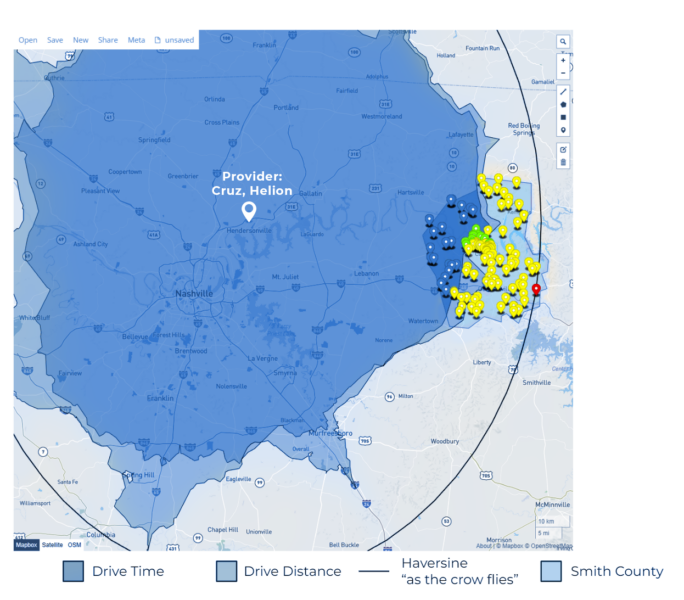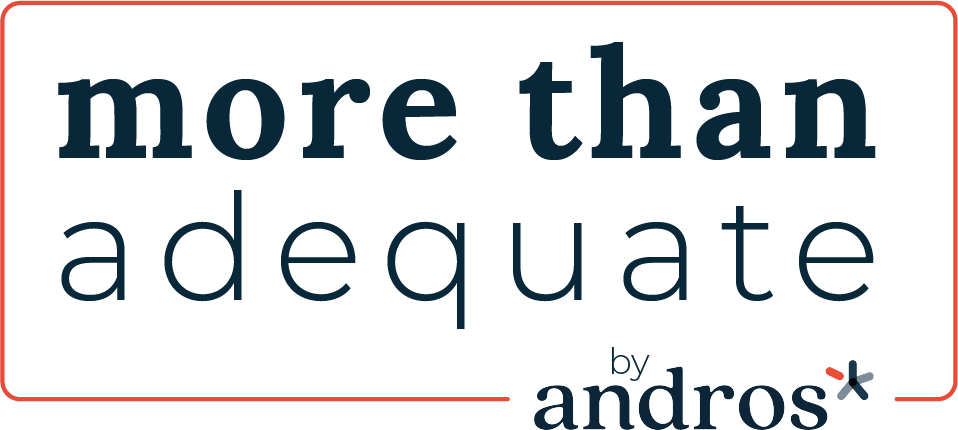In the ever-evolving landscape of healthcare, it’s not enough to just meet standards – you need to surpass them. As a health plan looking to outshine competitors, it’s crucial to understand that being merely ‘adequate’ won’t cut it. Your aim should be to offer an exceptional service that not only meets but exceeds the expectations of your consumers. That’s where we step in.
This blog is the beginning of an exciting exploration into the issues surrounding network adequacy and how we can work together to create positive change. We will delve into topics such as what network adequacy means, how it affects us all, and how we can push for solutions that benefit everyone. So join us on this journey of education and discovery as we strive towards giving members what they deserve, being more than adequate!
Our Mission
Our mission is to assist health plans in transcending conventional network adequacy standards. We believe in the potential of health plans to become powerful tools in achieving health equity – a goal that requires a deep understanding of the market and a willingness to exceed federal and state standards.
Understanding Network Adequacy

As an example, network adequacy standards introduced by the Centers for Medicare & Medicaid Services (CMS) for Medicare Advantage, were a significant stride toward ensuring accessible healthcare for beneficiaries. However, like all first steps, they are not perfect. They rely on antiquated algorithms and distance guidelines that, while revolutionary at the time, are no longer sufficient for achieving health equity in our diverse and complex society.
Through our research, we’ve identified these shortcomings and propose alternative modeling approaches that address these gaps. By analyzing the strengths and weaknesses of historical CMS network adequacy standards, we’ve developed strategies that can improve customer satisfaction, boost retention rates, and, most importantly, help address health inequity.
Addressing the Shortcomings
While these standards were indeed a significant development in healthcare, they are not without their flaws. The model often fails in its intent, largely due to outdated algorithms and insufficient distance guidelines. These limitations can lead to unequal access to healthcare, particularly for those living in marginalized communities or in areas with limited healthcare facilities.
We believe there is a better way. Through enhanced modeling and data utilization, we can address these shortcomings and pave the way towards a future where access to quality healthcare is not determined by one’s postal code.
Enhancing Health Equity with Better Modeling
Advanced modeling techniques and data analytics offer a promising solution to the inadequacies of the current system. By leveraging these tools, we can optimize resource allocation and ensure that every community has access to the healthcare services they need.
Our whitepaper delves into this topic in more detail, exploring the ways in which better modeling can rectify the shortcomings of current network adequacy standards. We invite you to take a deep dive into our research and discover innovative solutions that can help your health plan surpass adequacy and strive for excellence.

Join Us In Our Mission
We are on a mission to change the way health plans operate. We aim to create a system that is not just adequate but exceptional. A system that prioritizes health equity and ensures that everyone, regardless of their location or circumstances, has access to quality healthcare.
We invite you to join us on this journey. Let’s work together to exceed network adequacy standards and create a healthcare system that truly serves all of its members.
In an increasingly competitive market, being ‘adequate’ is no longer enough. It’s time to surpass expectations, to strive for excellence, and to make a real difference in the lives of your members. Let’s redefine what it means to be a health plan. Let’s be more than adequate, together.



